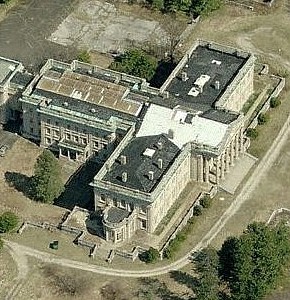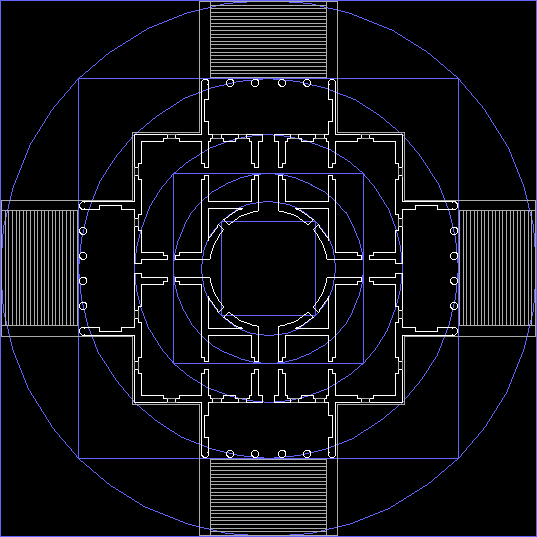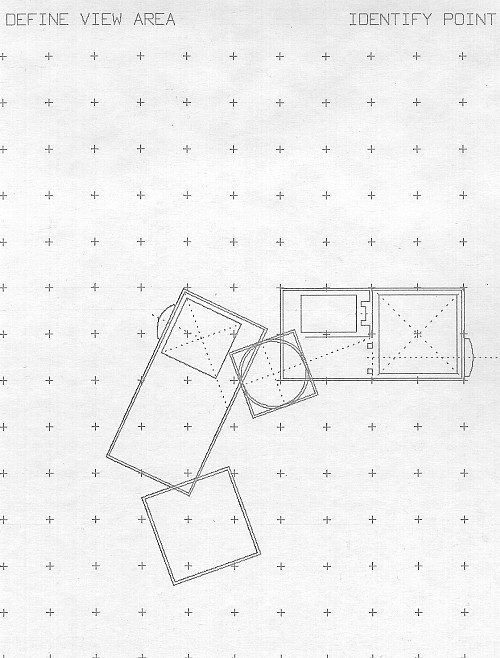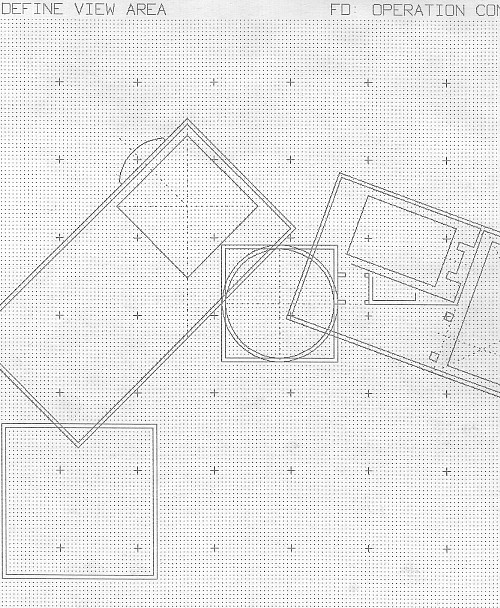2004.02.14 14:07
Re: of castles, fortifications, etc.
Architect Aldo Rossi also held the lighthouse typology in high regard. If you are not familiar with his many architectural sketches (many of which are published in a fair number of books), you might find lots of inspiration related to your own work. His collecting of favorite typologies is much akin to your own collecting of the 'architecture of electricity'.
Last evening Philadelphia was witness to a great 100' to 150' column of fire. Ten minutes before 5 o'clock a small crew of water workers at the intersection of Olney and Ogontz Avenues (about 2.5 miles directly west from where I live) accidentally broke open a 20" gas main, and within a half minute there erupted an enormous explosion resulting in a tremendously powerful vertical jet of flame. Miraculously, no one was injured, and after four hours the pressure within the gas main was shut off, and the column of fire was gone.

Your thoughts about the place of fiction in the reality of modern life is poignant. Late last night I watched the movie (based on the book) Remains of the Day, and it's story seems to relate to what you say.
From amazon.com: "The novel's narrator, Stevens, is a perfect English butler who tries to give his narrow existence form and meaning through the self-effacing, almost mystical practice of his profession. In a career that spans the second World War, Stevens is oblivious of the real life that goes on around him--oblivious, for instance, of the fact that his aristocrat employer is a Nazi sympathizer. Still, there are even larger matters at stake in this heartbreaking, pitch-perfect novel--namely, Stevens' own ability to allow some bit of life-affirming love into his tightly repressed existence."
What I saw in the film is that the aristocrat employer was just as oblivious as his butler, an oblivion, moreover, manifest by grandly organized pretense. In the movie, Christopher Reeves plays a U.S. Congressman from Pennsylvania. Before he visits the manor for a circa 1936 foreign affairs conference, the aristocrat and some of his compatriots wonder as to the source of the Congressman's family's wealth--"Perhaps they made their money from trolley cars." This is an obscure reference to the Philadelphia Wideners, for whom Lynnewood Hall by Horace Trumbauer was built.

Horace Trumbauer, Lynnewood Hall (Elkins Park, PA: 1898-1900).
I spent the better part of yesterday afternoon (just across the street from the now derelict Lynnewood Hall, which was once just as grand as the Manor House in the movie) at Our Lady of Prouille, the quondam Elstowe, estate of the Elkins Family, now a retreat house run by the Dominican Sisters of St. Catherine de Ricci. I had the good fortune of speaking with Sister Caroline who is now in charge of the place. We even discussed Louis Kahn's unexecuted design for a Motherhouse which the Sisterhood had commissioned. Before going home, I went to the art library at Temple University's Tyler School of Art (which is right next to where I spoke with Sister Caroline, whose office is within what used to be the estate squash courts). Because I was looking up books about the art treasures that used to be within Lynnewood Hall (now the Widener Collection within the National Gallery, Washington DC), the librarian also brought out of the rare book room a most unexpected item--the 1946 auction catalogue of the estate of Eva Stotesbury.
| |
2006.02.14 10:17
non-event cities
Are "events" now-a-days actually well masked advertisements?
Is "history" now-a-days a record of well masked advertisements?
Are "non-event cities" now-a-days the bulk of reality?
Is there a reality to "architect as event planner?"
2006.02.14 12:48
non-event cities
I don't see King's article about CAC's "failure" as much as I see it about the "failure" of the "buzz." What concerns me is that the buzz too easily becomes the history, and then we're left with a record that is more virtual than real.
King brought a lot of (personal) history of the place in the article. He has personal experience about the place before there even was CAC, and I think he make a valid comparison between the past and the present, and it seems that CAC didn't change all that much as per the buzz. Let's not overlook that fact that this part of Cincinnati really wasn't all that bad before CAC.
2006.02.14 14:47
Architecture as a Cult
Historically speaking, "ducts and pipes and switches" are very new to architecture, and certainly haven't been around for millennia.
2006.02.14 15:24
non-event cities
buzzwords:
skyrocketing, payoff, edginess, branding a city, nodding to nostalgia, cave-in, bilbao effect
2006.02.14 15:59
non-event cities
...is it a reality now-a-days that only architecture by star architects will even generate buzz?
Who exactly is benefiting most from the buzz, from the masked advertisments?
| |
10021401 ICM Stagnum Agrippae Thermae Alexandri Severi
2110i78
13021401 Governor's Palace all scans aligned each floor separate elevation scans aligned
2177i20
13021402 Governor's Palace plans and scans all in register (relative to the site plan)
2177i21
2013.02.14 12:00
how people see : eyetracker & architecture
I don't know if you'll find anything regarding "architects assuming they control viewer's gaze pattern," but Architecture and Visual Perception is the theme of Via 6 (1983), the journal of the Graduate School of Fine Arts University of Pennsylvania.
Some essays:
Buildings as Percepts
Visual Perception in Architecture
Eye and Archetype (by Anne Tyng)
Aspects of Spatial Form and Perceptual Psychology in Soviet Architecture of the 1920s
Le Nostre and Optical Illusion
15021401 Bldg 9594b @ GAUA 1100x550
2429i57
15021402 Bldg 9594c @ GAUA 1100x550
2429i58
| |
16021401 Olivetti Headquarters plan conference room model
2216i13
16021402 Palais des Congrčs level 4 plan stage set model
2198i26
16021403 Maison Dom-ino Composition Three models
2140i13
16021404 Maison Dom-ino Legacy models vw=-90,,30 shadow light=03.20 14:00 76/40 buffer=14.0x
2140i14
16021405 Stirling's Muses plans
2234i04
17021401 Atheneum dtm forms plans models
2231i08 b
17021401 Caruso St John Sir John Soane's Museum
19021401 Philadelphia IQ16 plan model working data
2093i90
20021401 Kölner Dom plan (elevation section work data0 2086i01
20021402 Wallraf-Richartz Museum Breslauer Platz Kölner Dom plans site plan image 2227i23
20021403 Virginia State Capitol plans sections working data nts 2490i01
20021404 University of Virginia elevation section site plan working data nts 2490i02
|






